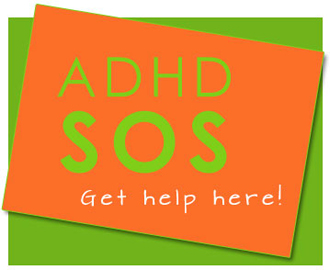 Did you ever have a talking stick when you were little? Sometimes teachers use them to teach children how to wait their turn before talking, but they are great tools for families too. A talking stick provides a simple and fun way to teach everyone in your family how to listen to other people when they are talking, as well as take turns. As with most activities I recommend, there is no one “right” way to do this…. Feel free to get creative.
Did you ever have a talking stick when you were little? Sometimes teachers use them to teach children how to wait their turn before talking, but they are great tools for families too. A talking stick provides a simple and fun way to teach everyone in your family how to listen to other people when they are talking, as well as take turns. As with most activities I recommend, there is no one “right” way to do this…. Feel free to get creative.
- To make a talking stick, I suggest using a plastic pole, like the ones used in plumbing from your local hardware store or perhaps the inside of a paper towel roll.
- The next step is to gather basic art supplies. This might include permanent markers, glitter glue, foam stickers, or anything else that looks fun and creative. You might also want to add beans, rice or small pebbles in the inside of the stick to make some noise. You can cover the ends with cardboard and masking tape.
- Sit down as a family and explain that you are going to make a family talking stick together. Invite them to decorate it, and as they do so, explain to them how it will be used.
The rules for the talking stick are simple enough that even very young children can understand them: whoever has the talking stick in their hands gets to talk. If you don’t have the talking stick, you need to wait to speak until you have it. This works well for dinnertime, car rides, or other circumstances where children may find themselves talking over each other (or fighting) a lot. The talking stick teaches them how to listen to others and wait their turn. I suggest having a time limit for how long someone can have the talking stick, and you might even keep a timer to moderate it. If you have other creative ways you’ve seen someone else use a talking stick, please feel free to share them!

 If you’re a parent, you know how frustrating it is when your child interrupts you. Whether you’re on an important phone call, trying to finish up some computer work, or having a face-to-face conversation with another adult, it often seems like you have an eager child competing for your attention. Why do they do this?
If you’re a parent, you know how frustrating it is when your child interrupts you. Whether you’re on an important phone call, trying to finish up some computer work, or having a face-to-face conversation with another adult, it often seems like you have an eager child competing for your attention. Why do they do this? As a parent, you’re only normal if you often wonder this: “Does my child need therapy?”
As a parent, you’re only normal if you often wonder this: “Does my child need therapy?” These days, stress is epidemic. But it doesn’t have to be. Regardless of what you’re dealing with in life, you can learn to manage your stress levels. Here are a few tips to remember the next time you’re feeling overwhelmed:
These days, stress is epidemic. But it doesn’t have to be. Regardless of what you’re dealing with in life, you can learn to manage your stress levels. Here are a few tips to remember the next time you’re feeling overwhelmed: If you knew you could do something to help your children succeed in every realm of life, you’d do it, right?
If you knew you could do something to help your children succeed in every realm of life, you’d do it, right?

